Home>Storage Ideas>Living Room Storage>Modern Living Room Ideas – 10 Trends, Designs And Layouts
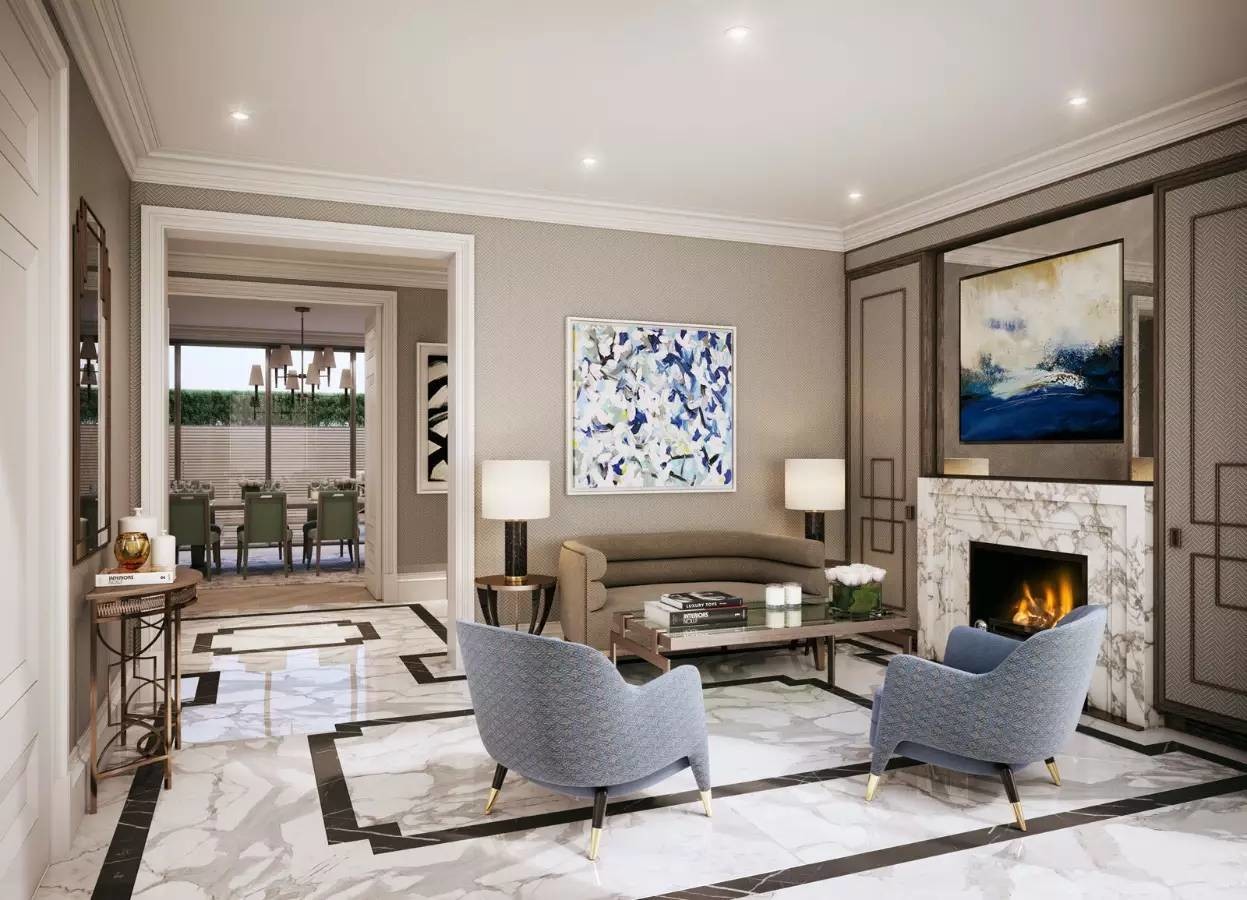

Living Room Storage
Modern Living Room Ideas – 10 Trends, Designs And Layouts
Modified: October 20, 2024
Discover 10 modern living room trends, designs, and layouts, including smart living room storage solutions. Transform your space with these innovative ideas.
(Many of the links in this article redirect to a specific reviewed product. Your purchase of these products through affiliate links helps to generate commission for Storables.com, at no extra cost. Learn more)
Introduction
Welcome to the world of modern living room ideas where functionality meets style. The living room is a vital space in every home, serving as a place for relaxation, entertainment, and social gatherings. With the right design and layout, you can create a living room that is not only visually stunning but also practical and comfortable.
In this article, we will explore 10 trends, designs, and layouts that will transform your living room into a modern oasis. From open concept layouts to incorporating technology, we will delve into the key elements that make up a contemporary living room. So, let’s dive in and discover how to create a space that reflects your personal style while maximizing functionality.
Key Takeaways:
- Embrace open concept layouts for a spacious, social, and light-filled modern living room. Create a cohesive design scheme and enjoy the benefits of a versatile and welcoming space for daily living and entertaining.
- Infuse your modern living room with bold colors, natural materials, and cozy seating to create a personalized and inviting oasis. Incorporate technology seamlessly and blur the boundaries between indoor and outdoor spaces for a harmonious and connected living experience.
Open Concept Layouts
One of the most popular trends in modern living room design is the open concept layout. This design style removes barriers and walls, creating a seamless flow between various areas of the home. By combining the living room, dining area, and kitchen into one expansive space, open concept layouts create a sense of spaciousness and connectivity.
Open concept layouts are ideal for homeowners who enjoy hosting gatherings and want a space that promotes social interaction. With this design, you can easily converse with family and friends while preparing meals or lounging in the living room.
In order to create an open concept living room, you should consider the placement of furniture and the use of visual cues to define different areas. Using area rugs, lighting fixtures, or furniture arrangements can help delineate the living room space within the larger open area. Additionally, the use of glass partitions or sliding doors can provide a level of privacy when needed while maintaining the overall open feel.
Another benefit of open concept layouts is the abundance of natural light that flows through the space. With fewer walls obstructing the view, sunlight can penetrate deeply into the living room, creating a warm and inviting atmosphere.
When designing an open concept living room, it’s important to consider the overall aesthetic and choose furniture and decor that complements the style of the other areas within the open space. By maintaining a cohesive design scheme, you can create a harmonious flow throughout the entire living area.
Overall, open concept layouts are an excellent choice for those seeking a modern and versatile living room design. With their spaciousness, social integration, and natural light, open concept layouts create a welcoming and functional space for both daily living and entertaining.
Minimalist Design
Simplicity is key when it comes to modern living room design, and that’s where the minimalist style shines. Minimalism focuses on clean lines, uncluttered spaces, and a neutral color palette. This design philosophy creates a sense of calmness and sophistication.
In a minimalist living room, the mantra is “less is more.” Instead of filling the space with unnecessary furniture and accessories, the focus is on selecting a few key pieces that are functional and visually appealing. This approach allows each item to stand out and make a statement.
When it comes to color, minimalist design typically favors a neutral palette. Shades of white, beige, gray, and black are often used to create a clean and timeless look. These colors not only help to create an open and airy feel but also provide a versatile backdrop for other design elements.
When selecting furniture for a minimalist living room, opt for pieces with clean lines and simple silhouettes. Avoid ornate details or excessive decorative elements. Streamlined sofas, armchairs, and coffee tables with sleek designs work well in this style.
Organization is crucial in a minimalist living room. Invest in functional storage solutions such as concealed cabinets, built-in shelves, or ottomans with hidden compartments to keep the space clutter-free. This allows you to maintain a clean and uncluttered look while still having a place for your belongings.
Lighting also plays a significant role in minimalist design. Natural light is important, so make sure to allow as much light as possible to fill the space. Additionally, incorporate minimalist lighting fixtures such as pendant lights or recessed lighting to add warmth and visual interest without overwhelming the space.
To add a touch of personality to your minimalist living room, incorporate a few carefully chosen accessories or artworks. Select pieces that have a clean and contemporary aesthetic, and place them strategically to create focal points.
Minimalist design is not only visually appealing but also promotes a sense of tranquility and mindfulness. By embracing simplicity and eliminating unnecessary clutter, you can create a modern living room that feels spacious, serene, and inviting.
Statement Lighting
Lighting is a crucial element in modern living room design, and statement lighting fixtures can instantly elevate the overall aesthetic of the space. Whether it’s a chandelier, pendant lights, or unique floor lamps, statement lighting adds a touch of elegance and serves as a focal point.
When it comes to choosing statement lighting, there are endless options to suit various design styles and personal preferences. For a sleek and contemporary look, consider a geometric chandelier with clean lines and minimalistic design. This type of lighting fixture can create a dramatic and eye-catching effect, especially when placed above a coffee table or dining area.
Pendant lights are another popular choice for modern living rooms. They come in a wide range of styles, from industrial to mid-century modern, allowing you to find the perfect match for your decor. Hang multiple pendant lights in a row to create a visually stunning display or opt for a large, statement pendant light to make a bold statement.
Floor lamps can also serve as statement lighting, particularly if they have unique designs or interesting materials. Choose a sculptural floor lamp that adds artistic flair to the room or select a floor lamp with multiple adjustable arms for added functionality.
In addition to providing a focal point, statement lighting also contributes to the overall ambiance of the living room. Consider using dimmable lights to create different moods and enhance the atmosphere. Soft and warm lighting can create a cozy and intimate ambiance, while brighter and cooler lighting can add a contemporary and vibrant feel to the space.
When designing your living room with statement lighting, it’s important to consider the size and scale of the fixture in relation to the room. A larger living room can handle a larger lighting fixture, while a smaller living room may be better suited for a smaller, more compact option.
Finally, combining natural and artificial lighting is key to creating a well-lit living room. Incorporate large windows that allow natural light to flood the space during the day, and supplement with statement lighting fixtures to provide ample illumination during the evenings.
Statement lighting is a powerful design element that can bring personality and style to your modern living room. By choosing fixtures that make a bold statement, you can effectively transform your space into a visually stunning and captivating environment.
Natural Materials
Bringing the outdoors inside is a key concept in modern living room design, and incorporating natural materials is a great way to achieve this. Natural materials not only add warmth and texture to the space but also create a connection to nature.
Wood is one of the most commonly used natural materials in living room design. It adds a sense of sophistication and brings a touch of nature to the space. Whether it’s a wooden coffee table, shelving unit, or accent furniture, incorporating wood elements in your living room can instantly create a cozy and inviting atmosphere.
In addition to wood, other natural materials such as stone, bamboo, and rattan can also be used to add depth and visual interest to the living room. Incorporate stone accents through a fireplace, feature wall, or decorative elements like stone vases or sculptures. Bamboo and rattan can be used in furniture pieces like chairs, side tables, or lampshades to create a tropical and laid-back vibe.
When selecting furniture, consider pieces made from natural materials like leather, linen, or cotton. These materials not only provide comfort but also add a touch of luxury and organic charm to the living room.
To create a cohesive look, layer textures and patterns by combining different natural materials. For example, pair a leather sofa with a jute rug or combine a wooden coffee table with a woven rattan chair. This creates visual interest and adds dimension to the space.
Incorporating plants and greenery is another way to bring natural elements into the living room. Plants not only add color and freshness but also contribute to better air quality. Choose low-maintenance plants that thrive indoors, such as succulents or snake plants, and use them to create green focal points throughout the room.
By using natural materials in your living room design, you create a space that feels organic, welcoming, and in harmony with the environment. The combination of wood, stone, bamboo, and other natural elements adds a timeless appeal and creates a sense of calmness and tranquility.
Bold Colors
Gone are the days of sticking to neutral color palettes in modern living room design. Embracing bold colors has become a popular trend, injecting vibrancy and personality into the space. Incorporating bold colors can transform your living room from ordinary to extraordinary.
When it comes to choosing bold colors for your living room, consider hues that evoke a sense of energy and excitement. Bold shades like deep blues, rich oranges, vibrant yellows, and intense greens can make a strong impact and create a focal point in the room.
One approach is to use bold colors on accent pieces or furniture to make them stand out. For example, a bold-colored sofa or armchair can become the centerpiece of the living room, instantly adding a pop of color and personality to the space. Pair it with neutral-colored walls and accessories to create a balanced and harmonious look.
Another way to incorporate bold colors is through statement wall paint or wallpaper. Choose a wall in the living room and paint it with a striking color or opt for a bold and eye-catching wallpaper pattern. This helps to create visual interest and adds depth to the room.
If you’re not ready to commit to a bold color on a larger scale, you can still infuse pops of color through accessories and decor. Throw pillows, rugs, curtains, and artwork in bold colors can add a playful and lively touch to the living room. Mix and match different hues to create a vibrant and eclectic look.
Keep in mind that while bold colors can add excitement, it’s important to strike a balance in the overall color scheme. Choose one or two bold colors as the focal points and complement them with neutral or softer shades. This allows the bold colors to shine without overwhelming the space.
When incorporating bold colors in your living room, consider the natural lighting in the space. Brightly lit rooms can handle more intense and saturated colors, while darker rooms may benefit from lighter and brighter shades to create a sense of openness.
Bold colors have the power to transform a living room, adding visual interest and creating a vibrant and energetic atmosphere. So don’t be afraid to step out of your comfort zone and embrace the world of bold colors in your modern living room design.
When designing a modern living room, consider incorporating clean lines, minimalistic furniture, and a neutral color palette to create a sleek and contemporary look.
Eclectic Style
When it comes to modern living room design, the eclectic style allows you to mix and match different aesthetics, creating a unique and personalized space. Embracing an eclectic style means combining various design elements, patterns, textures, and colors to create a harmonious and visually appealing living room.
The key to achieving an eclectic style is to balance contrasting elements. Start by selecting a neutral base color for the walls or large furniture pieces. This provides a cohesive backdrop that allows other elements to shine.
Next, incorporate different patterns and textures into your living room design. Mix geometric patterns with floral prints or try combining different textile materials such as velvet, linen, and leather. This adds visual interest and creates a dynamic and layered look.
When it comes to furniture, don’t be afraid to experiment with various styles. Mix vintage pieces with contemporary ones to create an eclectic and one-of-a-kind combination. Incorporate different shapes and sizes to add variety and depth to the room.
Accessories play a significant role in eclectic design. Add decorative elements like throw pillows, rugs, and artwork that showcase your individual taste and style. Use items collected from your travels, vintage finds, or unique art pieces to add a personal touch and tell a story.
Color plays a crucial role in eclectic design. While there are no strict rules, consider selecting a color palette that ties different elements together. Choose two or three dominant colors and use them consistently throughout the living room. This helps create a cohesive look and prevents the space from feeling chaotic.
Lighting is also essential in an eclectic living room. Incorporate a mix of statement lighting fixtures, such as a chandelier or pendant lights, along with ambient and task lighting. This allows you to create different moods and highlight specific areas or objects within the space.
Remember, the key to achieving an eclectic style is finding a balance between different elements. Choose pieces and accessories that speak to you and reflect your personality. Don’t be afraid to take risks and embrace a mix of styles, patterns, and colors. The result will be a living room that is visually captivating, inviting, and a true representation of your individuality.
Multifunctional Furniture
In modern living room design, functionality is just as important as style. With limited space becoming a common challenge, incorporating multifunctional furniture is a smart and practical choice. Multifunctional furniture pieces not only save space but also offer versatility and convenience.
One popular example of multifunctional furniture is a sofa bed. Gone are the days of bulky and uncomfortable sofa beds. Modern designs seamlessly transition from a comfortable seating area to a cozy sleeping solution. This is especially useful for smaller living rooms or for accommodating overnight guests.
Another space-saving option is a coffee table with built-in storage. This allows you to keep your living room essentials like books, magazines, and remote controls organized and within reach. Some coffee tables even have adjustable heights or can be extended to serve as a dining table, making them perfect for smaller spaces or for entertaining guests.
Storage ottomans are another great multifunctional furniture choice for the living room. They can be used as a footrest, additional seating, or as a hidden storage solution. Simply lift up the top to reveal ample storage space for blankets, pillows, or other miscellaneous items.
Modular furniture is also worth considering. These pieces can be rearranged and customized according to your needs. Modular sofas or shelving units offer flexibility in terms of configuration, allowing you to adapt your living room layout whenever desired.
Foldable and expandable furniture is ideal for small living rooms. For example, a wall-mounted dining table that can be folded when not in use or a console table that can be extended into a dining table for larger gatherings. These clever designs save space and allow for easy transformation when required.
Incorporating multifunctional furniture not only maximizes space but also adds efficiency and practicality to your living room. By investing in these versatile pieces, you can create a living room that effortlessly adapts to your changing needs and lifestyle.
Technology Integration
In today’s modern living room, technology plays a significant role in our daily lives. Integrating technology seamlessly into the design allows for a more convenient and connected living experience.
One of the key elements of technology integration is having a designated area for entertainment. Consider creating a media wall where you can mount a flat-screen television along with a sound system and other media devices. Conceal the cables and wires for a clean and streamlined look.
Smart home technology has become increasingly popular, and incorporating it into your living room can enhance comfort and efficiency. Install smart lighting systems that can be controlled through voice commands or smartphone apps. With the touch of a button, you can adjust the mood lighting or create different lighting scenes for different purposes.
Another technology integration option is installing a home automation system that allows you to control various aspects of your living room, such as temperature, music, and window coverings, all from a central hub or through a mobile device.
Wireless charging stations are becoming more common and can easily be integrated into your living room design. Consider adding built-in charging pads or stylish wireless charging docks for your phones and other devices.
Audiophiles and music lovers may want to consider having a dedicated space for a high-quality sound system. Install in-ceiling or in-wall speakers that blend seamlessly with the design and provide an immersive audio experience.
To maintain a clean and clutter-free living room, consider hiding your electronics when they’re not in use. Many modern living room designs incorporate hidden compartments or built-in storage solutions that can conceal devices such as game consoles, streaming devices, or cable boxes.
Lastly, don’t forget about connectivity. Make sure your living room has easy access to Wi-Fi and that there are enough power outlets and USB ports available to keep all your devices charged and connected.
Integrating technology into your living room design allows for a more modern and connected living experience. By seamlessly incorporating entertainment systems, smart home devices, and wireless charging capabilities, you can create a living room that meets the demands of the digital age while still maintaining a stylish and functional space.
Read more: How To Layout Your Living Room
Cozy and Comfortable Seating
A key aspect of modern living room design is creating a space that is cozy and comfortable, making it the perfect spot for relaxation and unwinding after a long day. To achieve this, it’s important to prioritize the seating options in your living room.
Invest in comfortable seating pieces that invite you to sit back and relax. Start with a plush sofa or sectional that provides ample space for lounging. Look for options with deep seats, soft cushions, and supportive backrests. This will ensure that you and your guests feel comfortable for extended periods of time.
Add extra layers of comfort with throw pillows and blankets. Not only do they enhance the coziness of the seating area, but they also serve as decorative accents. Choose pillows and blankets with soft fabrics and textures that align with your overall design aesthetic.
If space permits, consider adding additional seating options to accommodate different activities and preferences. Armchairs, recliners, or chaise lounges can provide additional comfort and seating choices. Poufs or ottomans can also serve as flexible seating options or as footrests for ultimate relaxation.
Incorporating a cozy and comfortable seating nook can add a touch of intimacy and create a designated space for relaxation. Consider incorporating a reading corner with a comfortable armchair, a side table for books and a cozy floor lamp. This creates a cozy space where you can enjoy a good book or indulge in some quiet time.
When selecting seating, pay attention to the materials and fabrics used. Opt for durable and easy-to-clean fabrics that can withstand everyday wear and tear. Leather, microfiber, or performance fabrics are good options that balance both comfort and practicality.
In addition to comfort, consider the placement of the seating in your living room. Arrange the furniture in a way that fosters conversation and promotes a comfortable flow within the space. This will create an inviting and welcoming atmosphere for both family members and guests.
Ultimately, creating a cozy and comfortable seating area is essential for a modern living room design. By investing in quality and comfortable seating options, you’ll be able to create a space that is not only visually appealing but also a sanctuary for relaxation and comfort.
Indoor-Outdoor Living Spaces
Incorporating indoor-outdoor living spaces into modern living room design has become increasingly popular. Blurring the boundaries between the interior and exterior allows for a seamless connection with nature and expands the living area beyond the confines of the traditional indoor space.
The key to creating indoor-outdoor living spaces is to have a design that seamlessly transitions from the inside to the outside. Start by choosing large windows or glass doors that provide unobstructed views of the outdoor areas. These windows or doors not only bring in natural light but also create a sense of openness and allow for a visual connection with the outdoors.
Incorporate materials that complement both indoor and outdoor spaces, such as stone, wood, or concrete. By using similar materials, you create a cohesive look that visually connects the two areas. For example, extending a hardwood floor from the living room to the outdoor patio can create a seamless transition between the two spaces.
Furnishings that lend themselves well to the indoor-outdoor living concept include comfortable seating, dining tables, and loungers that are specifically designed for outdoor use but maintain a level of comfort and style. Consider weather-resistant materials and fabrics that can withstand different conditions.
Enhance the indoor-outdoor connection by creating a functional outdoor living area adjacent to the indoor living room. This could be in the form of a patio, deck, or balcony. Add outdoor furniture, such as a seating area or dining set, to create an extension of your living room where you can relax, entertain, or enjoy meals al fresco.
Consider incorporating greenery and landscaping elements to further blend the indoor and outdoor spaces. Place potted plants, create a small garden, or add vertical greenery to add a touch of nature to both areas. This enhances the overall atmosphere and promotes a sense of tranquility.
By creating indoor-outdoor living spaces, you not only expand your living area but also invite nature and fresh air into your everyday life. This design concept allows you to seamlessly transition between the indoors and outdoors, creating a harmonious and connected living experience.
Conclusion
Designing a modern living room that is both functional and visually stunning is an exciting endeavor. By incorporating the trends and design elements discussed in this article, you can create a space that reflects your personal style while maximizing comfort and practicality.
Open concept layouts provide a sense of connectivity and spaciousness, allowing for seamless flow between different areas of the home. Minimalist design promotes simplicity and clean lines, creating a serene and sophisticated atmosphere. Statement lighting serves as a focal point and adds a touch of elegance to the living room.
Bringing natural materials into the space adds warmth and texture, creating a connection to nature. Bold colors inject vibrancy and personality, making a bold statement. Embracing an eclectic style allows for a mix of aesthetics, resulting in a unique and personalized space.
Multifunctional furniture saves space and offers versatility, while technology integration enhances convenience and connectivity. Cozy and comfortable seating is essential for relaxation and unwinding. Lastly, indoor-outdoor living spaces create a seamless connection with nature, expanding the living area and inviting the outdoors in.
By incorporating these elements into your living room design, you can create a modern and inviting space that encompasses functionality, style, and comfort. Remember to find the right balance between each element and infuse your personal touch to truly make it your own.
So, let your imagination soar and embark on your journey to transform your living room into a modern oasis that reflects your unique personality and lifestyle.
Frequently Asked Questions about Modern Living Room Ideas – 10 Trends, Designs And Layouts
Was this page helpful?
At Storables.com, we guarantee accurate and reliable information. Our content, validated by Expert Board Contributors, is crafted following stringent Editorial Policies. We're committed to providing you with well-researched, expert-backed insights for all your informational needs.
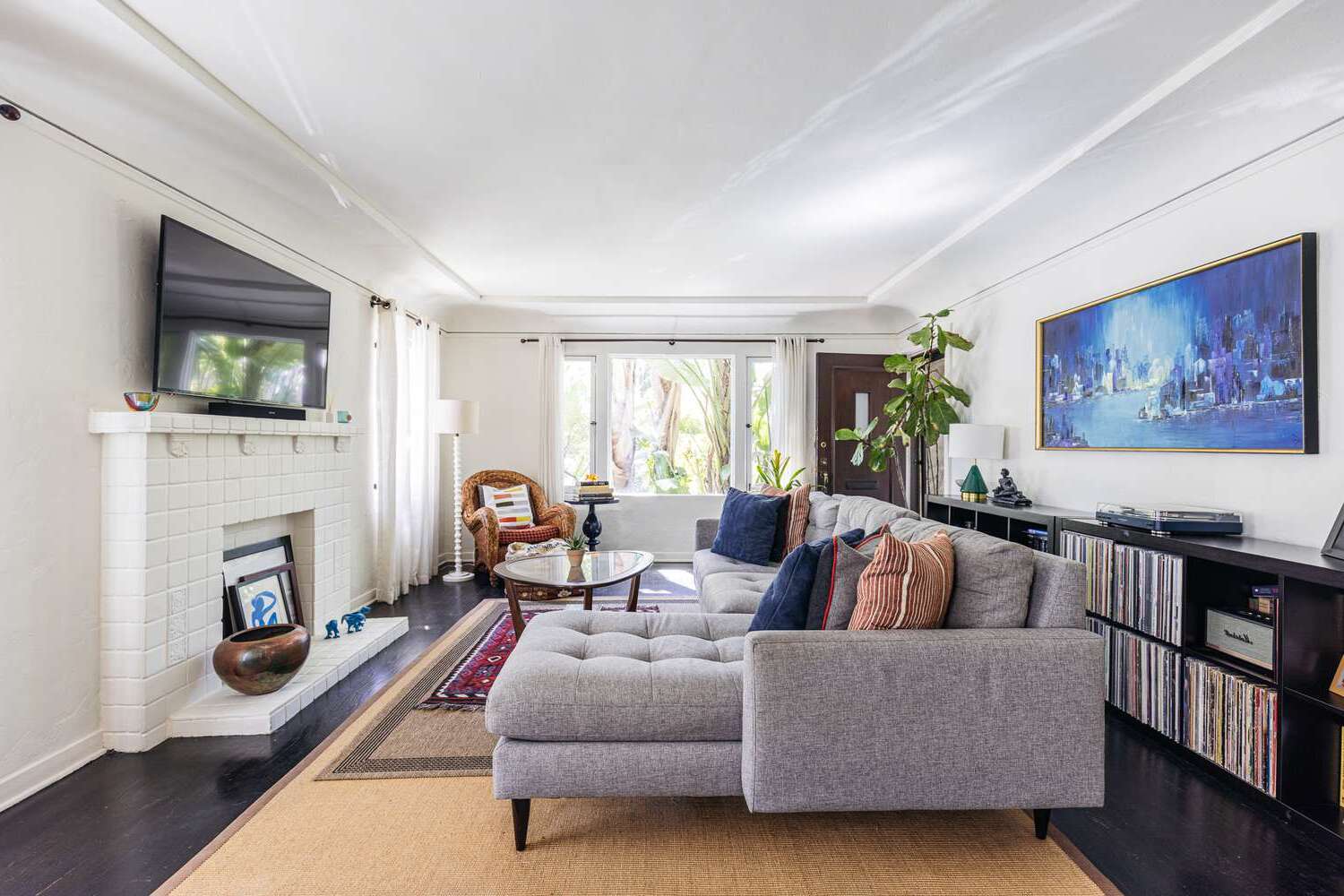
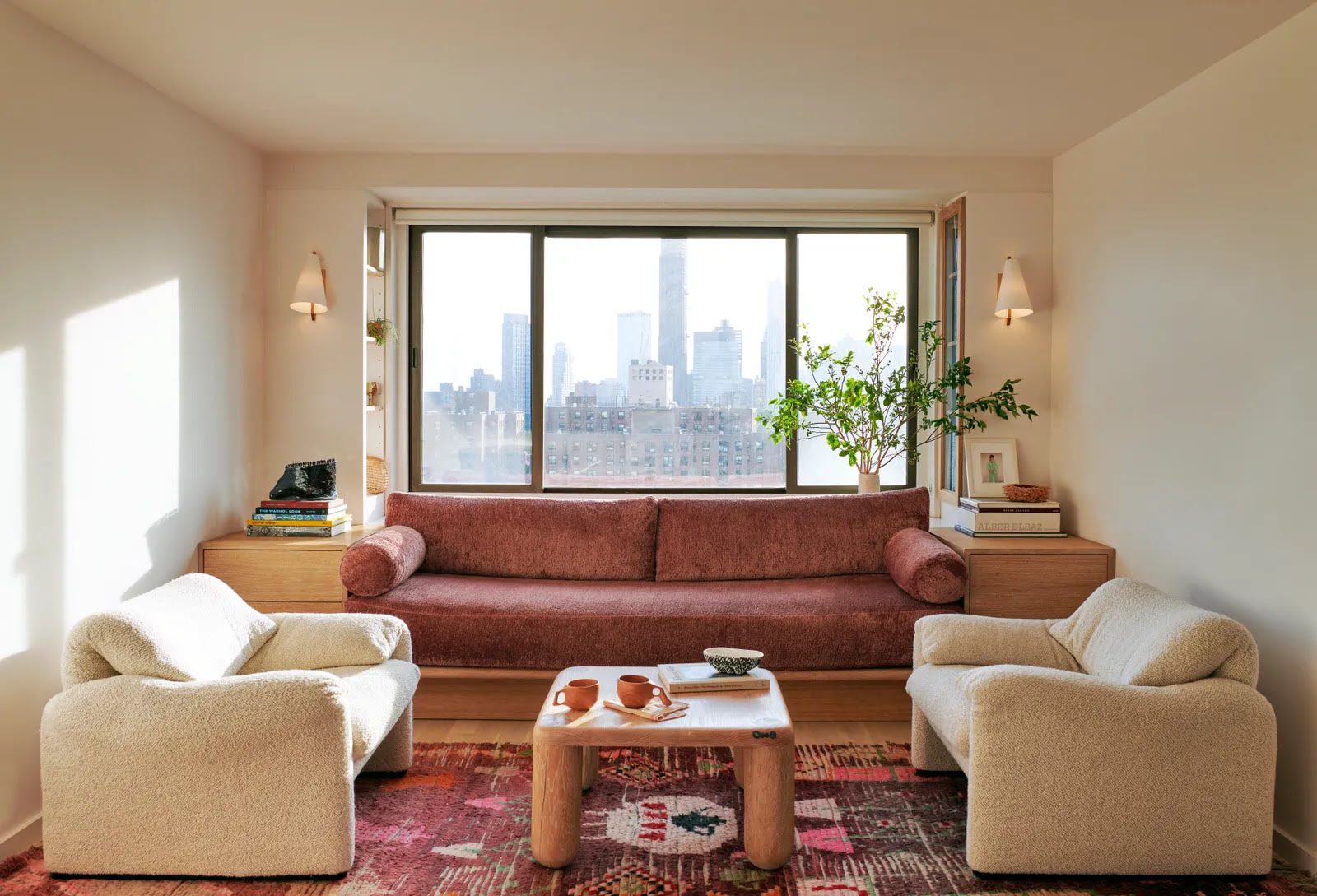
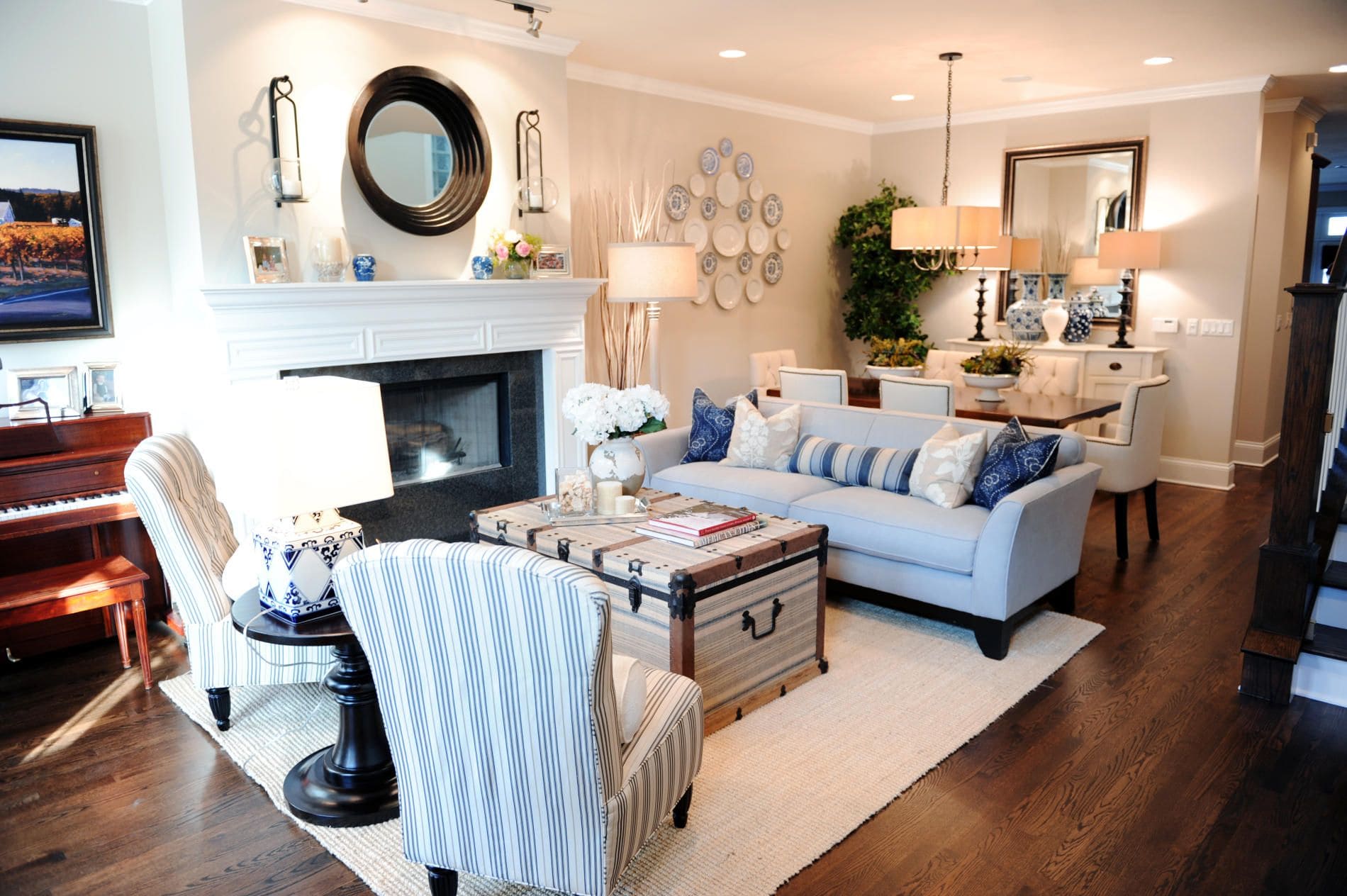
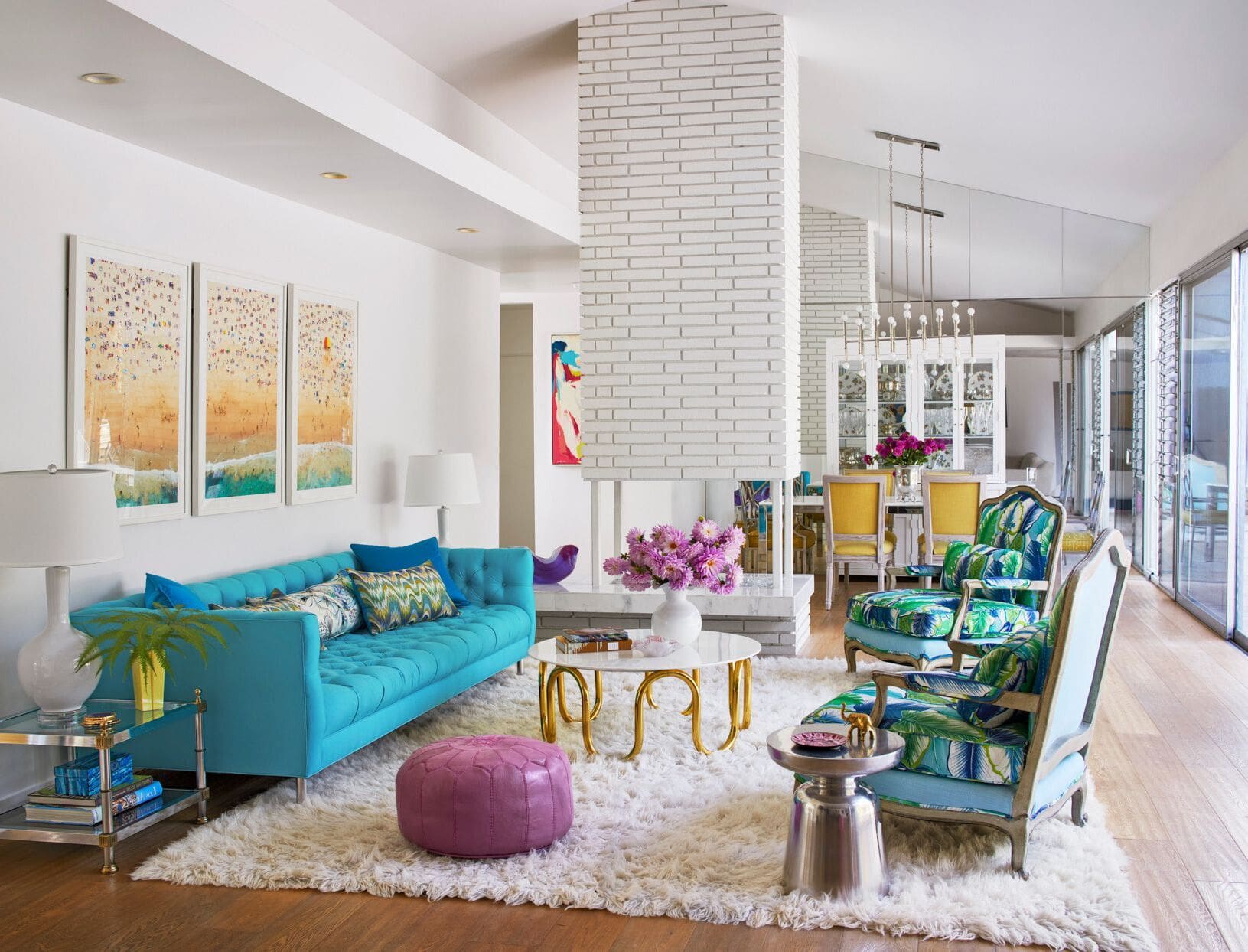
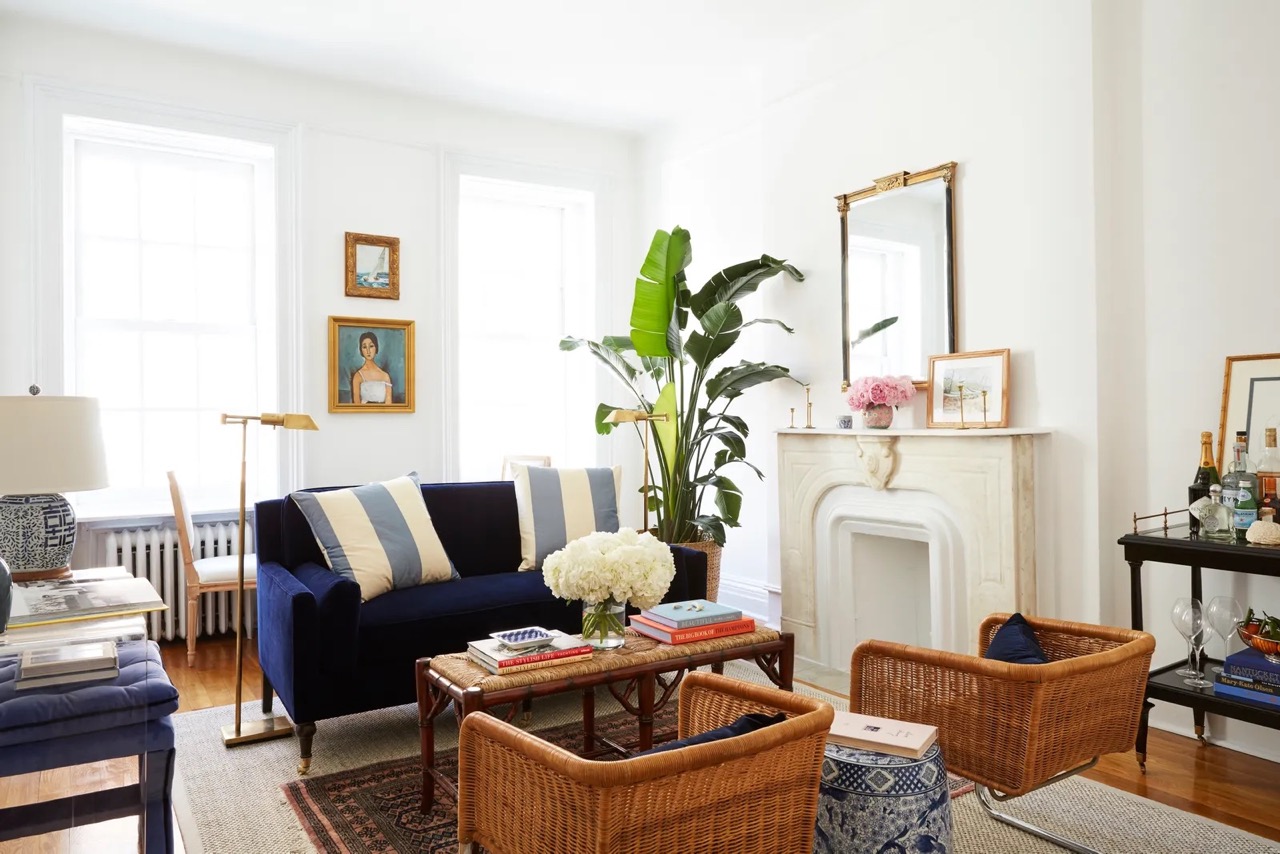
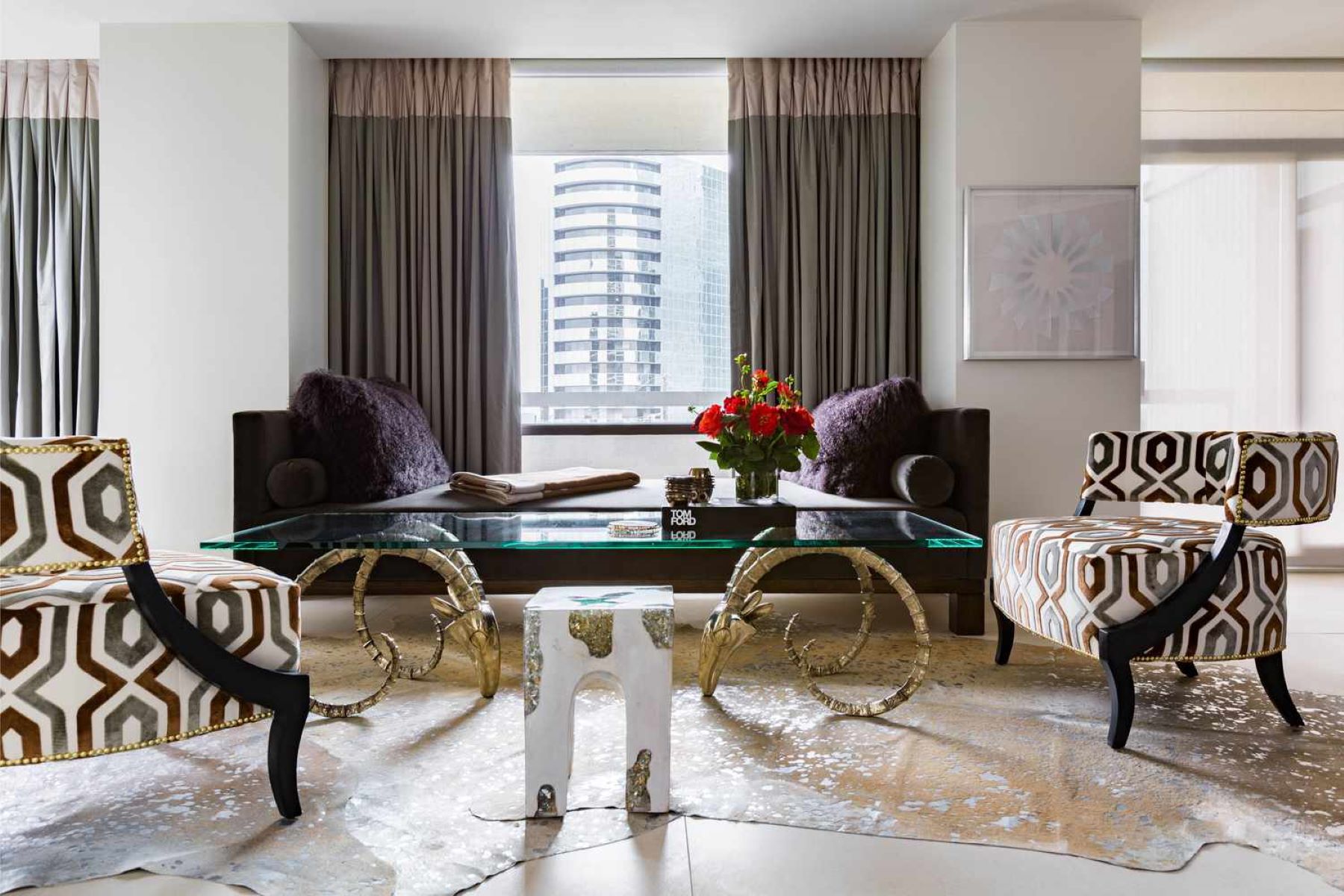
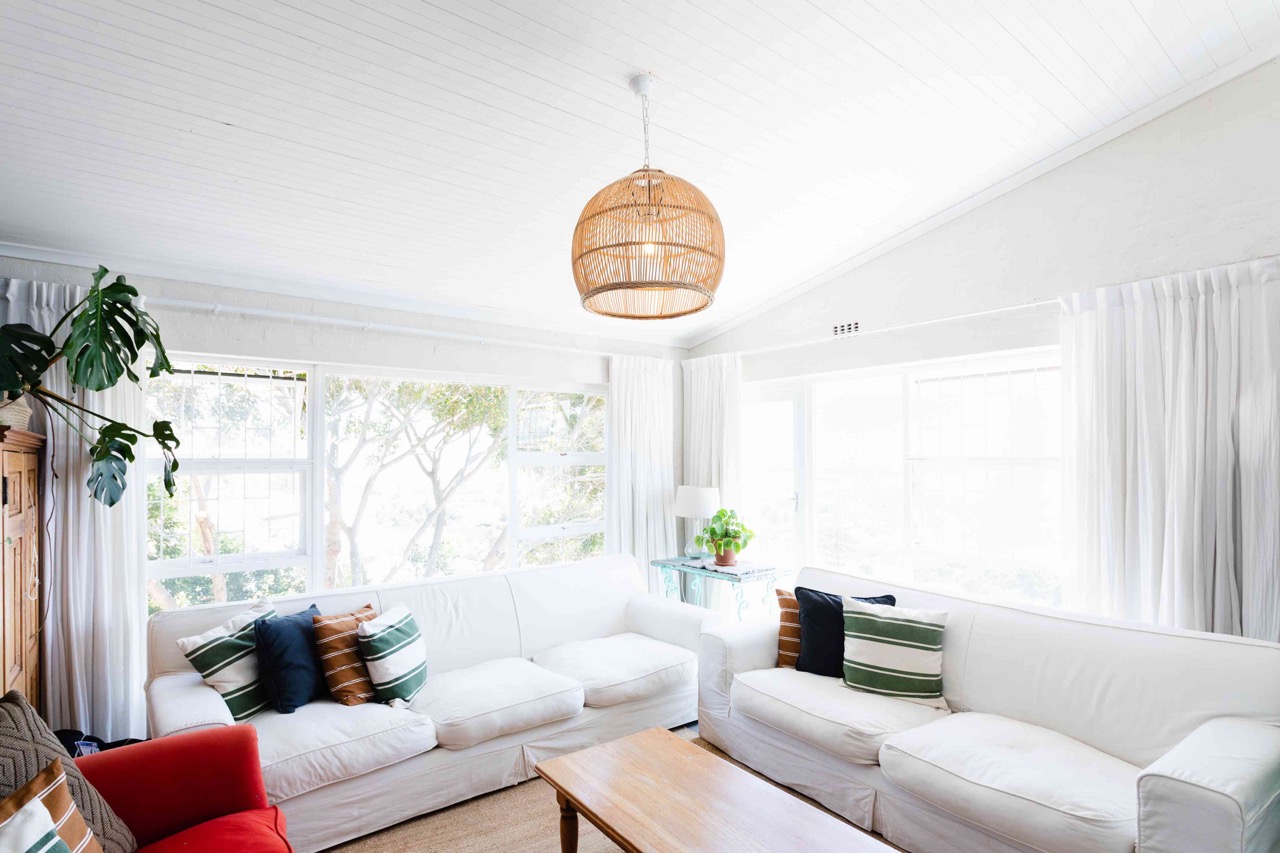
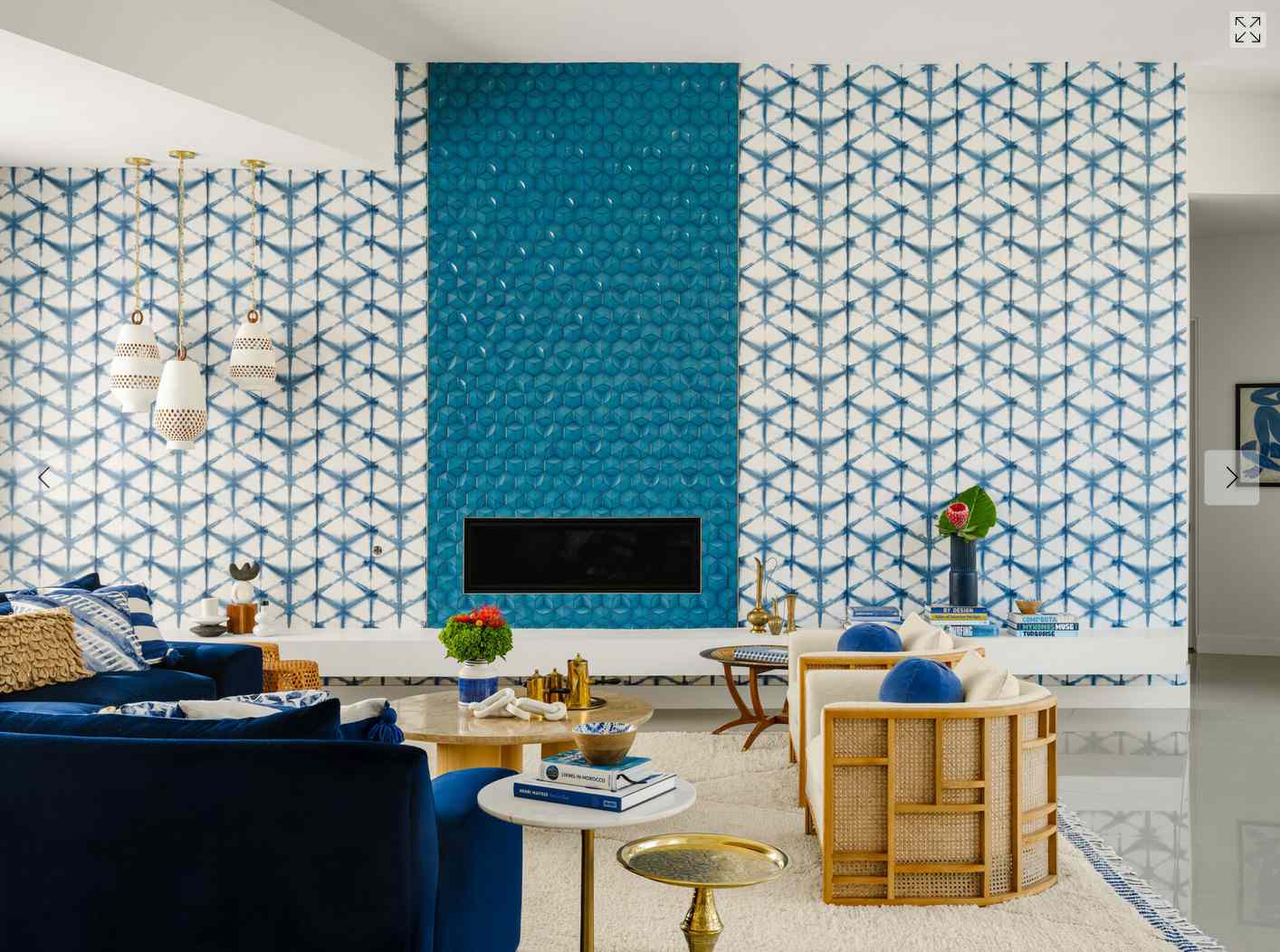

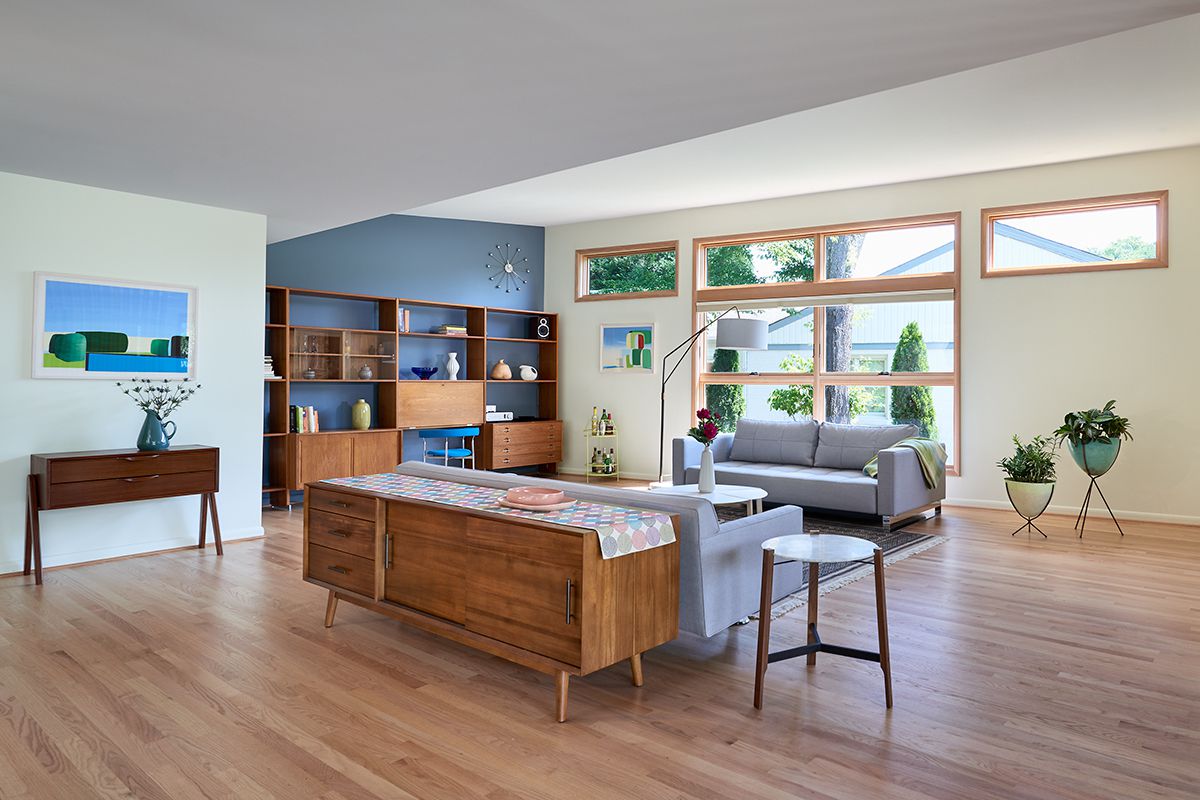
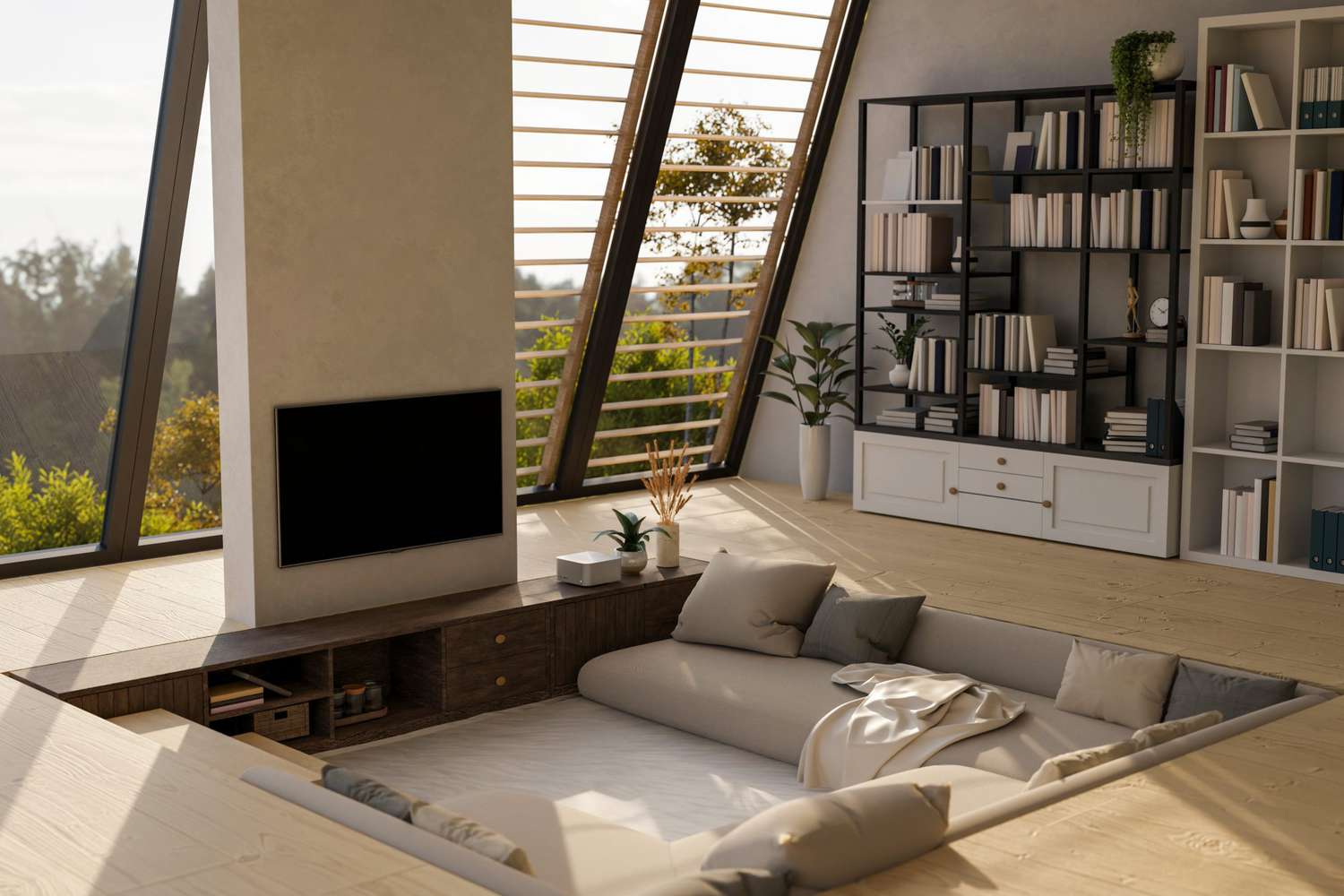

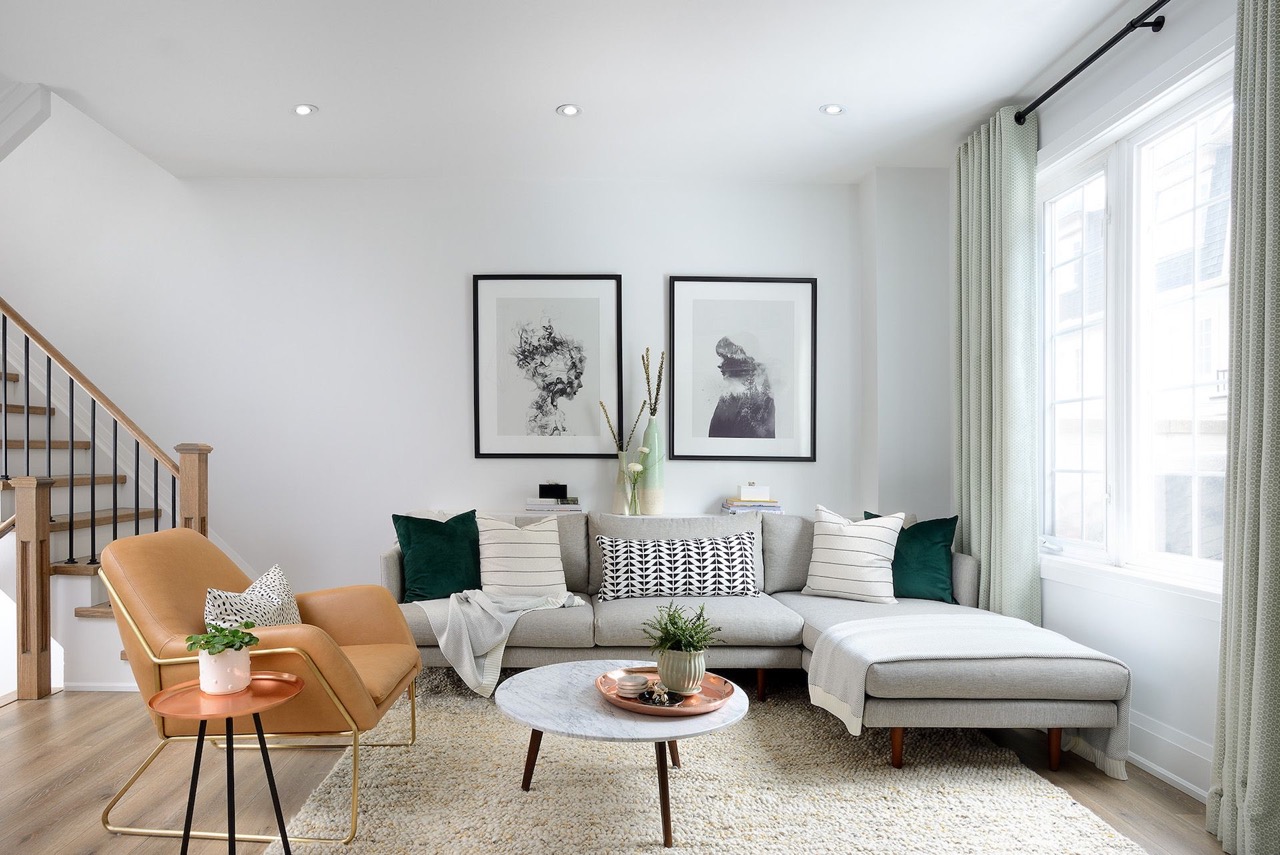

0 thoughts on “Modern Living Room Ideas – 10 Trends, Designs And Layouts”